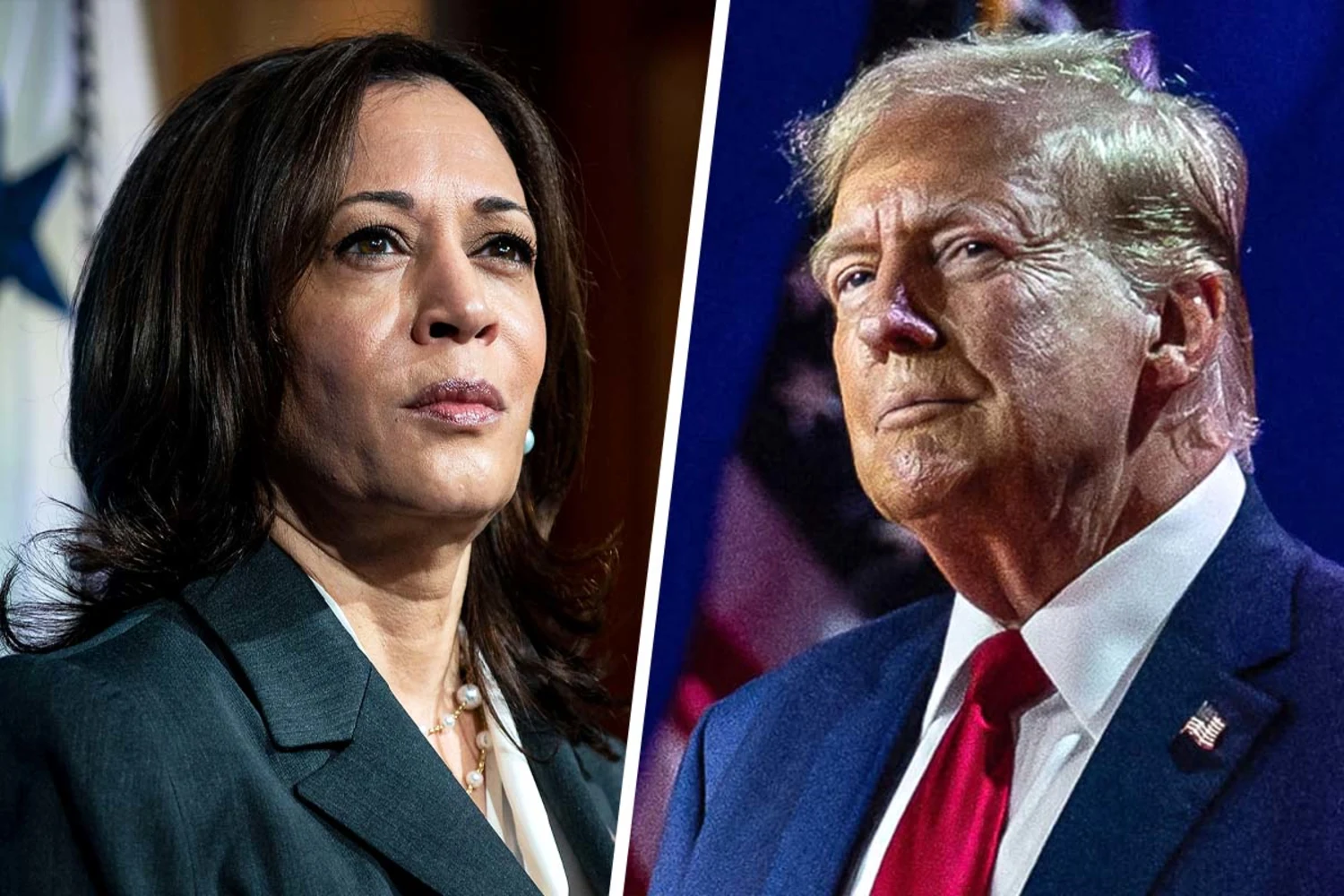Kamala’s Rise Amid Party Divides and Trump’s Unbreakable Momentum
Jul 29, 2024
Bill W. - Explore the 2024 election’s high-stakes twists: Kamala Harris’s unexpected rise, Democratic divides, and Trump’s unyielding comeback.

A terrible presidential debate, Trump’s rallying cry after being shot, and a wave of pro-Democrat media turncoats—everyone thought the election was already over. But once again, the world has shown us the growing presence of the word “exception.” The Democratic Party has added a new page to the never-ending political history of the world.
On July 21, a week after the assassination attempt on Trump, Democrats fast-tracked a final push on Biden. Many within the party had come to a sobering realization: Trump’s bullet had made him unbeatable. This forced Democratic leadership and senior members to make an unprecedented decision that deviated from routine and decorum.
Even as the Biden-endorsed candidate, Vice President Harris still faces opposition in gaining full support from the Democratic Party. Biden’s direct endorsement of Kamala was largely motivated by the belief that she could best protect his political legacy and make use of the Biden-Harris campaign funds. However, some high-level Democratic leaders, especially figures like Obama and Pelosi, might quietly oppose her presidential bid. In 2016, Obama endorsed Hillary to run for president instead of Biden, his vice president at the time. This time around, he played a significant role in dissuading Biden once again. Whether due to policy differences or personal views, this opposition has lingered, even after Biden’s endorsement of Harris. This could explain why Democratic House and Senate leaders didn’t endorse her until the third day after Biden officially dropped out. Obama, one of the Democratic Party’s most influential figures, waited until the sixth day before making his public endorsement.
In this election, the rise of new media power and the waning influence of traditional media have significantly shaped the Democratic Party’s decision-making. For instance, after Biden withdrew from the race, Democratic Senate Leader Chuck Schumer tweeted (now known as X) high praise for Biden’s political legacy, only to face immediate public pressure to endorse Kamala. Schumer followed up with his endorsement the next day. Obama’s decisions also aligned with shifts in the new media landscape and social platforms. While his first choice was not Harris, the massive influx of campaign funds and the public's strong affinity for a female candidate from both the African-American and Asian communities ultimately led Obama to accept Harris as the party's presidential candidate.
Kamala’s background, as a Californian politician hailing from a state considered a stronghold of the progressive wing of the Democratic Party, brings both challenges and advantages. However, her actual policy orientation is more moderate and pragmatic. She often adapts her positions based on the context rather than sticking to a single doctrine, making it difficult to label her as a radical leftist. Additionally, her experience across all three branches of government—executive, judicial, and legislative—is a considerable asset. As California’s attorney general, she demonstrated her judicial expertise, while her tenure as a senator and vice president showcases her legislative and executive experience.
Most importantly, Kamala has no glaring flaws. None of the Republican accusations—such as her supposed lack of experience, handling of border management, or her personal life—can entirely undermine her candidacy. Compared to Trump, her flaws are far less significant. It’s now a question of whether the Republicans can uncover any hidden controversies that might sway voters.
As the 2024 election unfolds, both parties are poised on a precipice of high stakes and unexpected turns. With Harris as the Democratic front-runner and Trump rallying after his near-miss, this election promises to be a critical juncture in the country’s political trajectory.